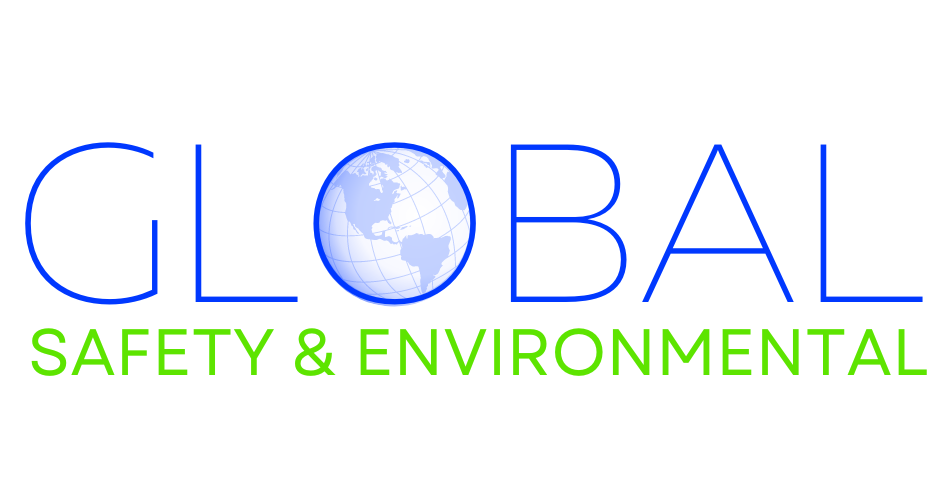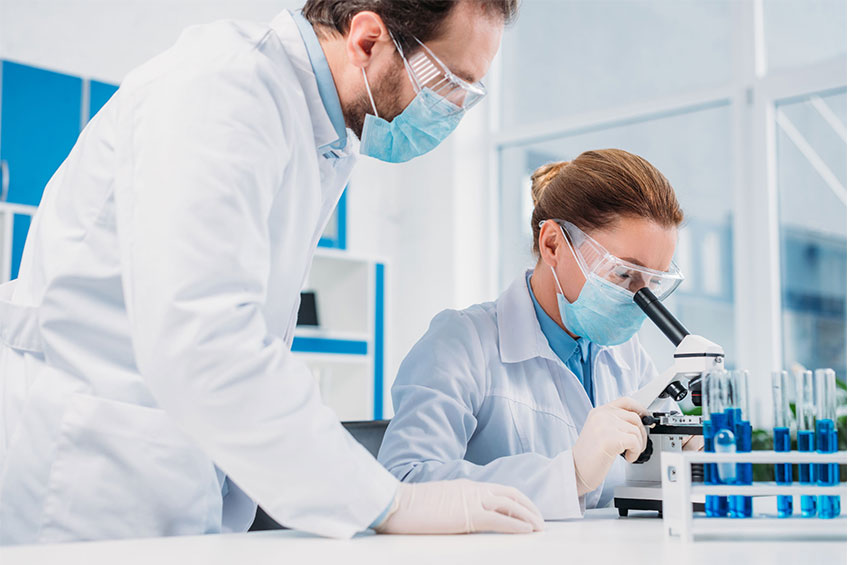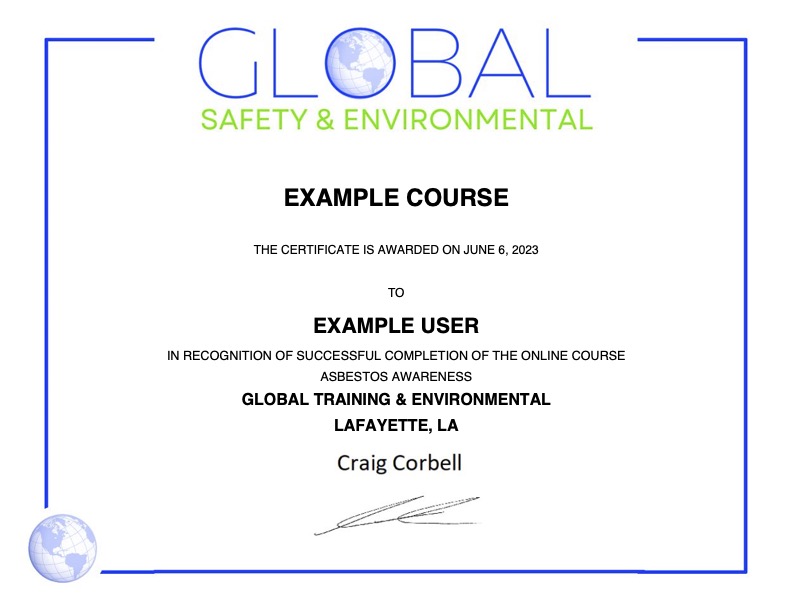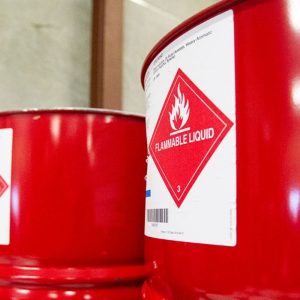Description
Laboratory Safety: Protecting Yourself and Your Research
Ensuring laboratory safety is paramount for anyone working in a laboratory setting. Whether you are a seasoned researcher or a student embarking on your first laboratory experiments, a thorough understanding of safety protocols is essential. These protocols safeguard not only yourself but also your colleagues and the environment. By prioritizing laboratory safety, you can minimize the risk of accidents and injuries, fostering a productive and worry-free research environment.
Online Training for Enhanced Laboratory Safety
Online laboratory safety training offers a convenient and comprehensive way to gain the necessary knowledge and skills to work safely in a laboratory. These courses are designed to be accessible and flexible, allowing you to learn at your own pace and on your own schedule. They typically cover a wide range of topics, including:
- Hazard identification and risk assessment
- Personal protective equipment (PPE) and its proper use
- Safe handling of chemicals, biological agents, and hazardous materials
- Emergency procedures and response protocols
- Waste disposal regulations
- Recordkeeping and reporting requirements
By enrolling in a laboratory safety online training course, you can gain a strong foundation in essential safety practices. These courses can serve as a valuable refresher for experienced laboratory personnel or as an introductory guide for newcomers. Additionally, online courses often provide certificates upon completion, which can be a valuable asset for your professional development.
Key Considerations
Several critical aspects contribute to a safe laboratory environment. Here are some key considerations:
- Personal Protective Equipment (PPE): Wearing appropriate PPE, such as gloves, safety glasses, lab coats, and respirators when necessary, is crucial for protecting yourself from splashes, spills, and airborne hazards.
- Chemical Safety: Always handle chemicals with care, following proper labeling and storage procedures. Work in well-ventilated areas and utilize fume hoods for procedures that generate harmful vapors.
- Biological Safety: Be aware of the biosafety level (BSL) associated with the biological agents you are working with. Follow the appropriate containment measures for your BSL level to minimize the risk of exposure.
- Waste Disposal: Dispose of laboratory waste properly, following designated procedures for chemicals, biological materials, sharps, and glassware.
- Emergency Preparedness: Familiarize yourself with the location of safety equipment, such as eyewash stations and fire extinguishers. Additionally, learn emergency evacuation procedures and know whom to contact in case of an accident.
By prioritizing these elements and consistently adhering to laboratory safety protocols, you can significantly contribute to a safe and productive research environment. Remember, safety is not an afterthought; it should be an integral part of every laboratory activity.
Invest in your safety and the safety of those around you by enrolling in our comprehensive laboratory safety online training course today. Our in-depth curriculum, developed by experienced professionals, will equip you with the knowledge and skills to navigate the laboratory environment with confidence. Upon successful completion of the course, you will receive a certificate acknowledging your achievement. Enroll now and take a vital step toward a safe and successful laboratory experience!





